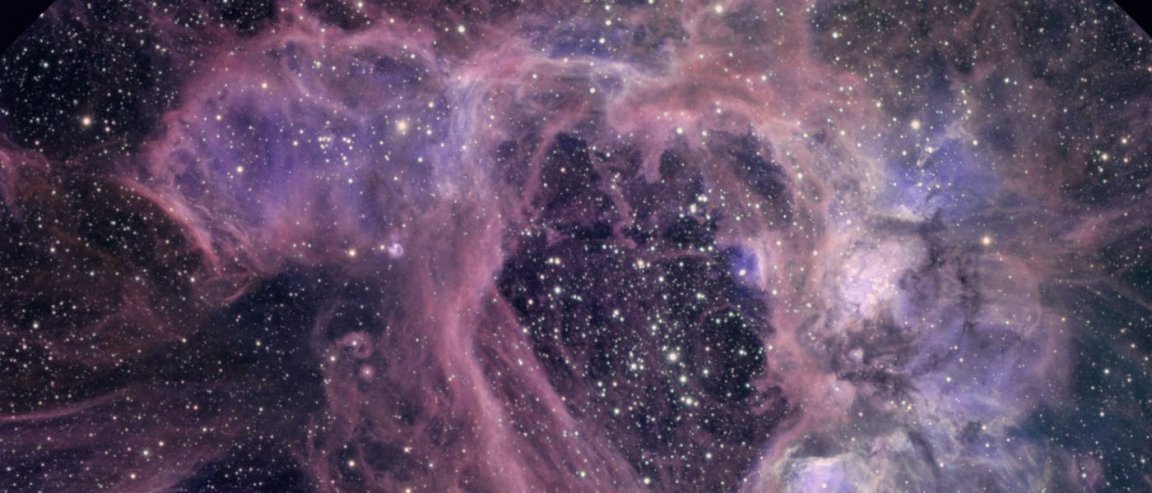
Tiny Iron Nuclei
New data from the Cosmic Ray Isotope Spectrometer (CRIS) onboard NASA’s Advanced Composition Explorer (ACE) spacecraft are hinting at an unexpectedly violent past for our solar neighborhood.
In fact, it suggests that one or more stellar explosions may have occurred nearby, and within only the last few million years—close and recent enough that our australopithecine ancestors may have beheld the cosmic spectacles in the ancient East African skies.
Cosmic “rays” are actually not rays at all, but are tiny charged particles—atomic nuclei stripped of their accompanying electrons and accelerated to relativistic speeds by enormous and incomprehensible energies that are, in many ways, only dimly understood.
One particular type of these nuclei, a rare iron isotope called 60Fe, is especially important, as it acts like a tiny clock, measuring by its very existence the age and thus the distance of the cosmic catastrophe that created it. 60Fe has a half-life of 2.6 million years, in other words, in any given sample of 60Fe nuclei, half of it will have decayed to a more stable element after 2.6 million years has elapsed.
It’s not a common sort of material; after 17 years in space, and after registering 300,000 galactic cosmic ray particles of ordinary iron nuclei, CRIS has only detected fifteen 60Fe particles.
But these small particles tell a big story.

There Goes the Neighborhood
The research, published in the April 14 issue of Science, is the most recent clue in a steadily increasing body of evidence that a supernova detonated near our Solar System in the past few million years, and polluted the system with the byproducts of the explosion.
According to Robert Binns, lead author of the paper, “[o]ur detection of radioactive cosmic-ray iron nuclei is a smoking gun indicating that there has been a supernova in the last few million years in our neighborhood of the galaxy.”
It’s thought that radioactive 60Fe nuclei are generated in the core-collapse explosions of giant O- or B-class stars, which tend to aggregate in immense star formation clouds and clusters called “OB Associations.” The gregarious nature of these stars is important to the formation of 60Fe cosmic rays—the nuclei are first thrown into space from the explosion of one star, and then accelerated to relativistic speeds by the explosion of a second, nearby star shorty thereafter (within a few 100,000 to a million years).
It’s sort of a team effort.
Strangely enough, a number of recent studies have corroborated these findings—showing that there are heightened levels of 60Fe deposition in 2.2 million-year-old oceanic crust, and Apollo lunar samples also indicate that the Moon was spattered with 60Fe in recent history.
So it seems the explosions likely happened sometime between 2.2 and 2.6 million years ago. As for a culprit? Astronomers think the supernovae probably occurred in the Scorpius-Centaurus Association, roughly 400 light-years away, and most notable as the home of the red supergiant Antares—which may soon be the next supernova to bombard our Solar System with 60Fe nuclei.